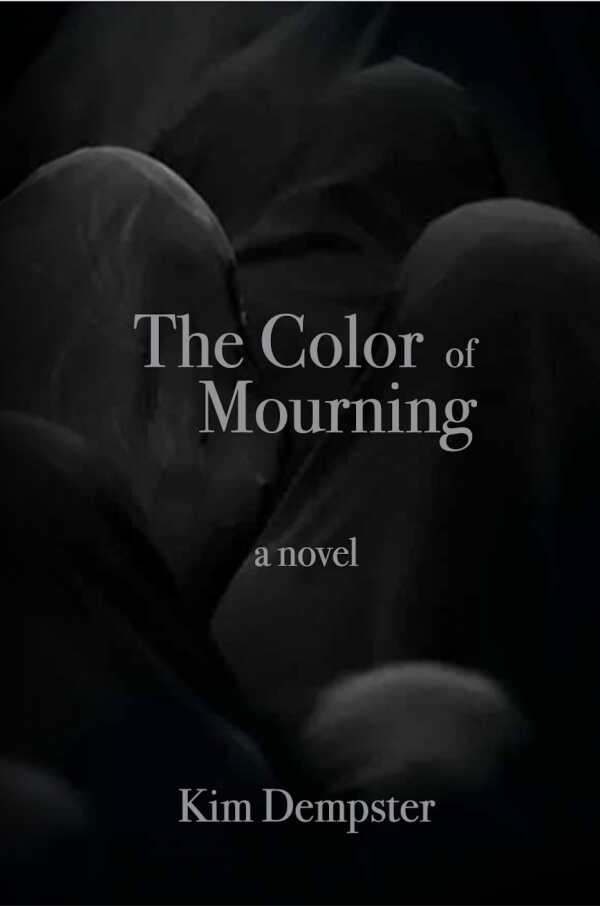The Color of Mourning
The Color of Mourning is an unsettling, immersive novel about religious oppression in the Middle East.
In Kim Dempster’s harrowing novel The Color of Mourning, a Syrian mother and daughter struggle following the brutal takeover of their city by religious extremists.
In the aftermath of the Arab Spring, dissent toward Bashar al-Assad leads to civil war. In this setting, Nooda, a journalist, and her physician husband Jorem live in Raqqa with their daughter Layal and son Tarek. Eighteen-year-old Layal plans to attend the London School of Economics, while Tarek joins the Free Syrian Army, or FSA. Tarek’s revolutionary activities lead to Jorem’s arrest and likely torture; horrified, Nooda hopes that her husband’s life will be spared due to his medical ability to treat Assad’s armies. As the war intensifies, it also becomes more dangerous for her to send her video dispatches to a colleague in Germany.
The FSA liberates Raqqa, but their victory is overwhelmed by the menacing approach of “tanks, trucks, and jeeps” bearing ISIS banners. Oppressive forces resume: Raqqa’s citizens are commanded to swear allegiance to the Caliphate, and the city is once again “cloaked” in “dark disquiet.” Girls and women are told “what to think” and “how to pray.”
The book adopts a swift, engrossing pace as it moves through instances of political instability and violence with Nooda’s and Layal’s experiences at its core. Both are developed as strong-willed and intelligent women who feel subsumed by the new regime’s edicts. Amid threats of public flogging or execution, Nooda risks her life by maintaining contact with her colleague. More emotional, Layal often feels despondent and “suffocated”; still, she agrees to marry Saad, an ISIS commander.
In sensual scenes, Saad and Layal enjoy the connection of true lovers. This passion dissipates, however, when Saad becomes angered by Layal’s contrary opinions and indicates that his true loyalties belong to his “Muslim brotherhood.” The book’s perspective widens through Saad’s inclusion, though: Layal becomes privy to dark knowledge, as when she overhears ISIS members anticipate the “reward” of being able to rape captured Yazidi women.
As the novel builds to a chaotic yet liberating conclusion, Nooda and Layal learn to use their repressed status as a method of subversive empowerment. Their bond both as mother and daughter and as subjugated women is expressed in a moment of quiet hope when Nooda hums a Syrian folk song that “soothes Layal” and offers “a prophecy of a better tomorrow.”
Unsettling and immersive, the novel The Color of Mourning is about religious oppression in the Middle East, showing how citizens fight for cultural and personal freedom.
Reviewed by
Meg Nola
Disclosure: This article is not an endorsement, but a review. The publisher of this book provided free copies of the book and paid a small fee to have their book reviewed by a professional reviewer. Foreword Reviews and Clarion Reviews make no guarantee that the publisher will receive a positive review. Foreword Magazine, Inc. is disclosing this in accordance with the Federal Trade Commission’s 16 CFR, Part 255.

